Millions of people around the world face diminished quality of life due to periodontitis, osteoarthritis and osteoporosis. A new study sheds light on the links between all three chronic bone diseases, assessed from the unique standpoint of Isle Royale’s wild moose population.
The study, led by researchers from Michigan Technological University and Duke University and recently published in the journal Osteoarthritis and Cartilage, found that moose with periodontitis were much more likely to develop severe forms of osteoarthritis and osteoporosis.
“Many diseases which impact people are not uncommon among other species,” said lead study author Sarah Hoy, a research assistant professor in Michigan Tech’s College of Forest Resources and Environmental Sciences (CFRES). What is different is that moose are not affected by many of the same risk factors for the diseases as humans. For example, moose don’t contend with obesity, consume alcohol or smoke cigarettes.
One Thing Leads to Another
Periodontitis, osteoarthritis and osteoporosis represent a major global public health challenge, said Hoy. “Besides affecting daily life for so many people, these diseases place a huge burden on health and social care systems. There is an urgent need to better understand the factors that cause these diseases.”
Meet the Study Authors
The study “Links between three chronic and age-related diseases, osteoarthritis, periodontitis, and osteoporosis, in a wild mammal (moose) population” was led by Michigan Tech CFRES researchers Sarah Hoy, John Vucetich, Leah Vucetich and Rolf Peterson. They worked in collaboration with co-authors Mary Hindelang, who earned her Ph.D. in wildlife ecology at Michigan Tech, and Virginia Kraus and Janet Huebner from the Duke Molecular Physiology Department and Department of Medicine at Duke University School of Medicine.
Periodontitis, the most severe form of what many people know as periodontal or gum disease, is caused by bacterial infections in the gums and bone surrounding teeth. Severe cases lead to bone and tooth loss. Osteoarthritis is a progressive and often disabling disease caused by cartilage degeneration in joints, including the knees and hips. Osteoporosis is a loss of bone density. It occurs when the breakdown of old bone exceeds the rate that new bone is formed, resulting in more fragile bones that are more likely to break. As people get older, they’re more likely to develop these diseases.
“For decades, doctors have suspected that there may be important links between these three,” said Hoy. “But studying the links between the diseases in humans is complicated because the likelihood of developing the diseases can be influenced by a wide variety of risk factors, including whether or not a person is obese, smokes cigarettes, drinks alcohol, has a poor-quality diet or good access to health care. These risk factors make it difficult for doctors and scientists studying the diseases to identify potential linkages.”
"This new study was able to assess links between these three diseases in a unique study system — wild moose — where most of those pesky confounding risk factors do not apply."
Ample Samples Available for Analysis
In total, the study assessed both the prevalence and severity of each disease in more than 2,000 individual moose who died between 1959 and 2021. Study samples were not hard to find.
For more than six decades, researchers at Michigan Tech have collected moose bones as part of their ongoing study of the wolf and moose populations on Isle Royale — a federally designated wilderness area in Lake Superior and home to a national park. Hoy and Michigan Tech’s John Vucetich and Rolf Peterson are co-leaders of the wolf-moose study. Entering its 66th year, it’s the longest-running predator-prey study in the world.
Peterson, who conducted the assessment for the new study, had only to step outside his summer quarters on the island to access a vast boneyard of specimens — the largest collection of moose bones in the world.
Every year, researchers, students and project volunteers discover moose remains while hiking across the island in summer or during aerial surveys for the annual winter count of wolves and moose. Researchers carefully check the animal bones for signs of periodontitis, osteoarthritis and osteoporosis. Bones of particular interest are collected for cleaning and even more thorough examination back in the laboratory.
Moose bones have been integral to numerous important studies conducted at Isle Royale. In 2010, a study found the connection between poor nutrition in early life and arthritis in adult moose, adding to research that links the likelihood of arthritis in humans to low-quality diets. In 2022, researchers announced that wolves are more likely to kill moose who have arthritis, which keeps prey populations healthy. That same year, researchers were able to determine the age of the oldest known moose ever recorded at Isle Royale by counting the cementum lines of a sectioned tooth from a cow moose who died in 2018. She was 22, which Peterson likened to being “well over 100 years old” in human years.
The new study found that female moose with periodontitis were 88% more likely to have severe osteoarthritis and more than twice as likely to have severe osteoporosis than female moose who don’t have periodontitis. The results were similar for male moose, as males with periodontitis were 60% more likely to have severe osteoarthritis and more than three times as likely to have severe osteoporosis than those without periodontitis. The study also found that male moose were more likely to get these diseases than female moose.
While the study didn’t evaluate the cellular mechanisms underlying the links between these diseases, the authors speculate that periodontitis may increase the risk that individuals will develop osteoporosis and osteoarthritis due to the impact that the bacterial pathogens causing periodontitis have on proinflammatory cytokines. Proinflammatory cytokines are small proteins secreted by cells in the immune system. They can cause inflammation and tissue destruction, which may exacerbate the process of osteoarthritis in joints. These proinflammatory cytokines can also impair cells in the body that grow and heal existing bones while also increasing the activity of cells that break down bones and lead to osteoporosis.
Regardless of the underlying mechanisms, the new research adds to a growing body of evidence that suggest periodontitis increases the risk of people developing other serious health conditions, including diabetes, strokes, cardiovascular disease and pneumonia. Among other findings, the research highlights the importance of developing and maintaining good oral hygiene habits, said Hoy. Because even though moose don’t toss back shots or step out for a smoke, they also don’t regularly brush and floss or visit the dentist.
Hoy said the results of the research demonstrate the benefits of pursuing unusual cross-collaborations to help solve thorny global health issues.
“Scientists often study wildlife behavior and dynamics in the great outdoors, while doctors and scientists study human diseases in medical research facilities,” she said. “This work highlights the value of interdisciplinary efforts to gain a better understanding of linkages between diseases which are applicable across species.”
Study co-author Virginia Kraus of Duke University also sees the potential in collaboration across disciplines and species.
“As a rheumatologist studying and caring for humans with these diseases, I was fascinated to discover they are equally serious in moose,” she said. “These results highlight the validity of the one medicine concept, namely that there are great similarities between human and veterinary medicine that call for collaboration to effectively cure, prevent and control illnesses that affect both humans and animals.”
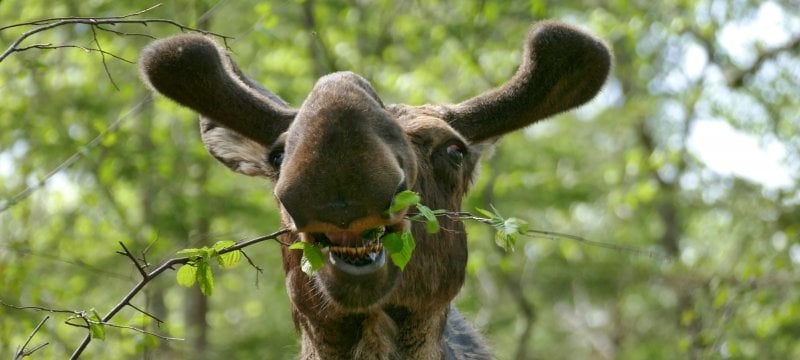
Michigan Technological University is an R1 public research university founded in 1885 in Houghton, and is home to nearly 7,500 students from more than 60 countries around the world. Consistently ranked among the best universities in the country for return on investment, Michigan's flagship technological university offers more than 185 undergraduate and graduate degree programs in science and technology, engineering, computing, forestry, business, health professions, humanities, mathematics, social sciences, and the arts. The rural campus is situated just miles from Lake Superior in Michigan's Upper Peninsula, offering year-round opportunities for outdoor adventure.
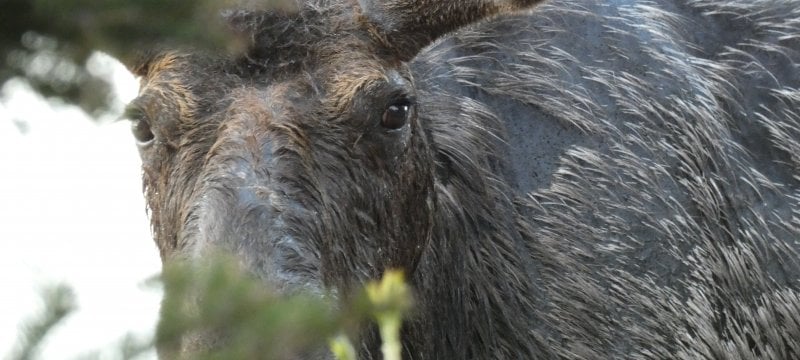
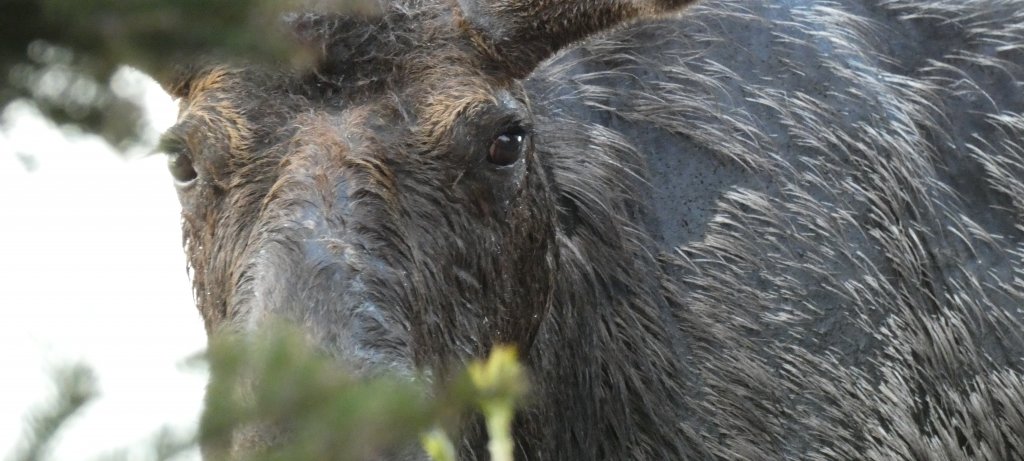
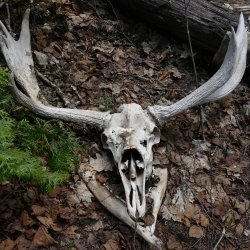
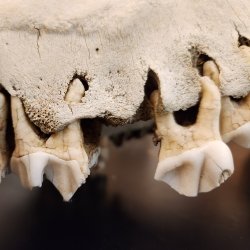
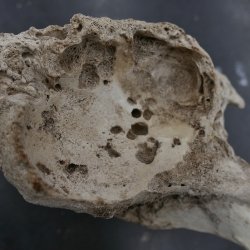
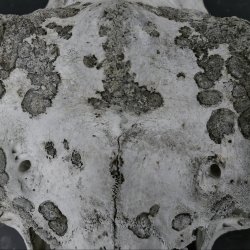
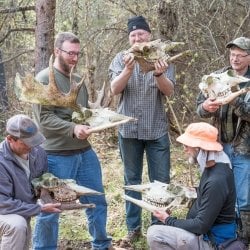







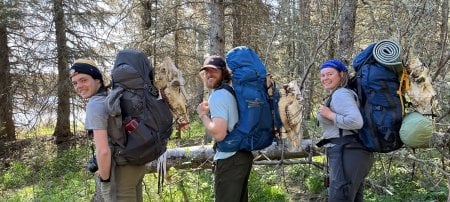
Comments